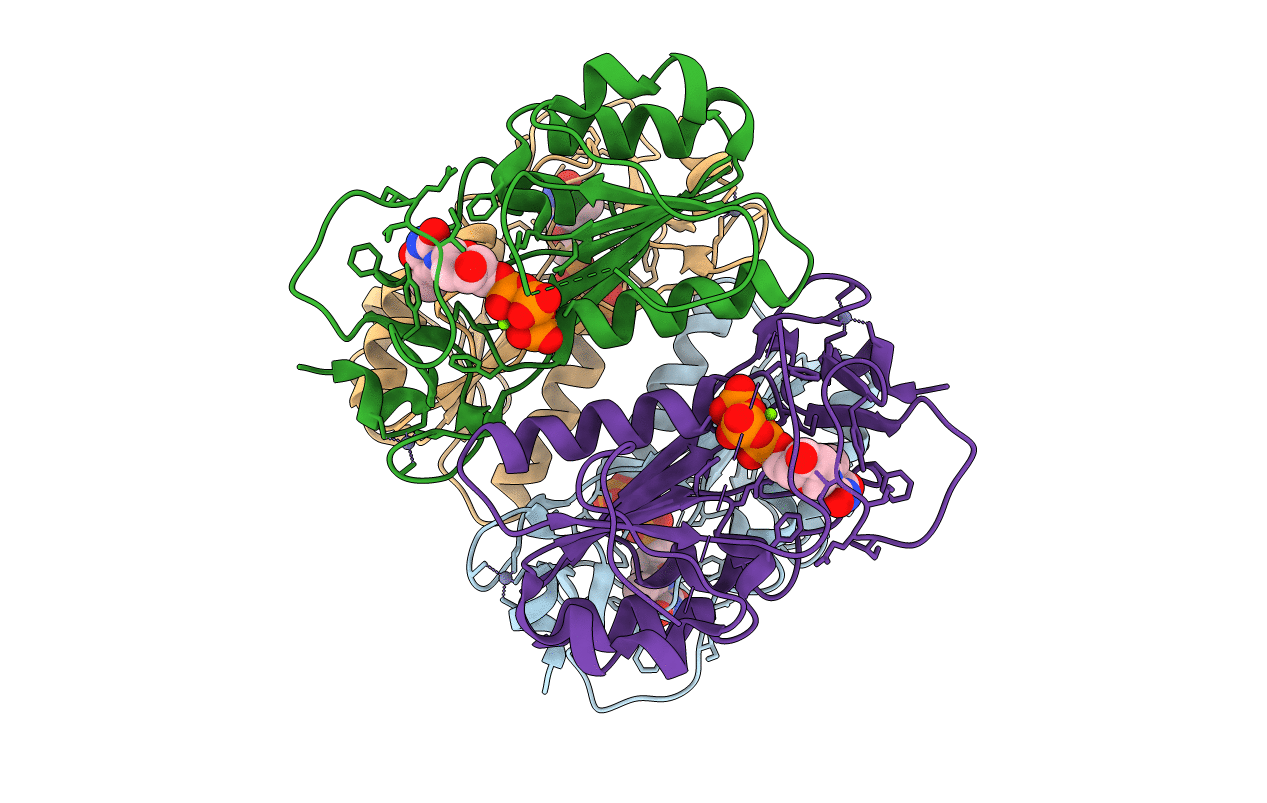
Deposition Date
2006-10-23
Release Date
2006-11-13
Last Version Date
2024-11-06
Entry Detail
PDB ID:
2J87
Keywords:
Title:
Structure of vaccinia virus thymidine kinase in complex with dTTP: insights for drug design
Biological Source:
Source Organism:
VACCINIA VIRUS (Taxon ID: 10245)
Host Organism:
Method Details:
Experimental Method:
Resolution:
3.10 Å
R-Value Free:
0.28
R-Value Work:
0.25
R-Value Observed:
0.25
Space Group:
P 31


